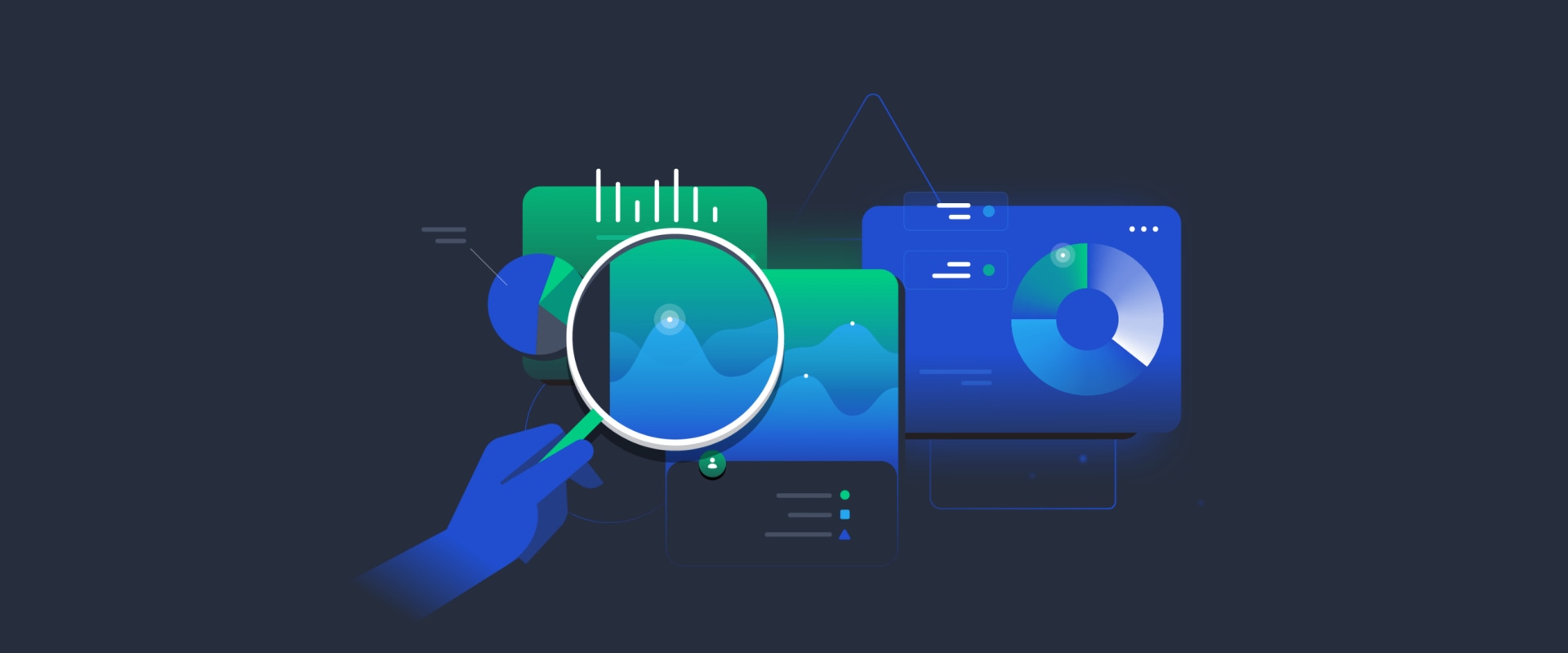In today's digital world, understanding customer data is essential for any business. From determining customer needs and preferences to creating targeted campaigns, analyzing customer data can provide invaluable insights into how to best serve and engage customers. However, many businesses struggle with how to approach customer data analysis. This article provides an in-depth overview of the steps involved in analyzing customer data and provides best practices for successful data-driven marketing campaigns. This article is part of the Business Management and Marketing courses and covers topics such as data collection, data cleansing, data analysis and visualization, and actionable insights.
It also examines the challenges and opportunities of customer data analysis in today's digital landscape. Whether you are a beginner or an experienced marketer, this article will provide valuable insight into how to effectively analyze customer data.
Predictive Analytics
Predictive analytics is an advanced form of data analysis that uses machine learning algorithms to predict future outcomes based on current trends. Predictive analytics can be used to analyze customer data in a variety of ways, such as identifying patterns in customer behavior, identifying potential areas for improvement, and anticipating customer needs. Businesses can use predictive analytics to better understand their customers and improve their products or services.For example, a retail store may use predictive analytics to identify which products are likely to be popular in the near future, or a restaurant may use predictive analytics to determine the best time to offer certain dishes. In addition, businesses can use predictive analytics to identify new opportunities and optimize existing processes. For example, a bank may use predictive analytics to determine which customers are likely to take out loans, or an online retailer may use predictive analytics to identify which products are likely to be popular with their target market. Predictive analytics has been used successfully by many businesses, including Netflix, Amazon, and Google.
Netflix uses predictive analytics to suggest movies and TV shows that its users are likely to enjoy; Amazon uses predictive analytics to recommend products based on user behavior; and Google uses predictive analytics to offer better search results and targeted ads. By using predictive analytics, businesses can gain valuable insights into customer behavior and make more informed decisions about their products or services. This can lead to improved customer satisfaction, increased sales, and improved efficiency.
Natural Language Processing
Natural language processing (NLP) is a field of Artificial Intelligence (AI) that focuses on understanding the natural language used by humans. It uses a combination of text analytics, natural language understanding, and machine learning algorithms to process and analyze unstructured data such as audio, video, and written text.NLP is an important tool for businesses looking to gain insights from customer data in order to improve their services or products. By leveraging NLP, businesses can analyze customer feedback, conversations, and reviews to better understand customer needs and preferences. For example, businesses can use NLP to analyze customer reviews to identify common topics and sentiments. This can help them understand the most important areas for improvement and make informed decisions about their product or service. Additionally, NLP can be used to process customer data from emails, chats, and social media to identify customer pain points and provide personalized customer support.
Businesses can also use NLP to optimize their marketing efforts. For example, they can use NLP-based algorithms to identify customer segments and target them with tailored advertising campaigns. This allows businesses to create more effective campaigns that will resonate with their target audience. Some companies have even used NLP to predict customer behavior and inform product development.
In summary, natural language processing is a powerful tool for businesses looking to make the most of their customer data. By leveraging NLP algorithms, businesses can gain insights into customer sentiment, preferences, and behavior which can help them optimize their services or products and create more effective marketing campaigns.
Segmentation Analysis
Segmentation analysis is a process used to divide customers into smaller groups, or segments, based on shared characteristics such as age, income, and location. This type of analysis allows businesses to better understand their target audience and create more tailored products and services that match their needs. By segmenting customers into groups, businesses can identify which customers are likely to be the most profitable and develop strategies to better serve them. For example, a clothing retailer might use segmentation analysis to identify which customer segments have an affinity for certain styles of clothing.By understanding the preferences of each segment, the retailer can customize its product selection and marketing campaigns to better appeal to those customers. Segmentation analysis can also be used to identify customer trends and behaviors. For instance, a business could use segmentation analysis to identify which customer segments are more likely to purchase a particular product, or which segments are more likely to be loyal customers. By understanding these trends, businesses can adjust their strategies accordingly and develop new products or services that cater to those needs. There are many businesses that have successfully used segmentation analysis to improve their services or products.
Amazon is one example of a business that has leveraged segmentation analysis to create personalized experiences for its customers. By segmenting customers into different groups based on their shopping behavior, Amazon is able to personalize its product recommendations and advertising campaigns. Another example is Starbucks. The coffee chain uses segmentation analysis to target its customers with offers that are tailored to their individual needs. By understanding its customers’ preferences, Starbucks can optimize its product selection and develop new products that meet their needs. Analyzing customer data is an essential part of understanding customer behavior, allowing businesses to make more informed decisions about their target audience and products or services.
There are several methods businesses can use to analyze customer data, such as segmentation analysis, predictive analytics, and natural language processing. By leveraging these techniques, businesses can gain insight into customer preferences and optimize their products or services to better meet their needs. In conclusion, analyzing customer data is a powerful tool that enables businesses to make more informed decisions about their customers and optimize their products or services. By leveraging the different methods of customer data analysis, businesses can better understand their target audience and ensure that they are providing the best possible product or service for them.




Leave a Comment